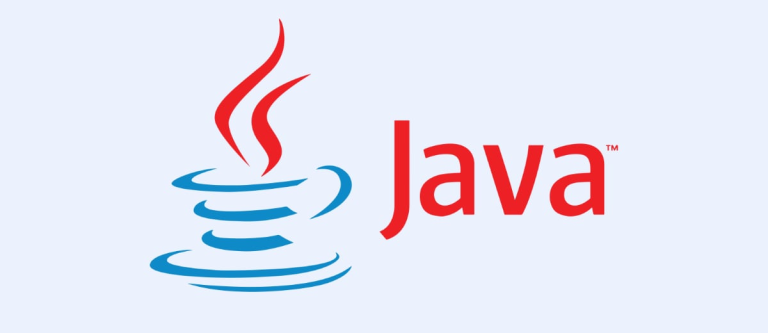In the vast landscape of computer programming languages, Java stands out as one of the most influential and widely used languages. Born out of the necessity to address the challenges posed by emerging computing trends in the early 1990s, Java was developed with a vision to create a versatile, platform-independent language for building robust and scalable software. This article explores the fascinating journey of how Java came into existence, its key contributors, and the impact it has had on the world of technology.
The Need for a New Language:
During the late 1980s and early 1990s, the computing world was undergoing a significant transformation. The proliferation of diverse computing platforms and the advent of the internet presented developers with a challenge: how to create software that could run seamlessly across different environments. At the time, each platform had its own specific programming language, making cross-platform development a cumbersome and time-consuming task.
Recognizing this problem, a team at Sun Microsystems, led by James Gosling, Mike Sheridan, and Patrick Naughton, began to envision a new programming language that would simplify the development process and allow applications to run on any device. This marked the beginning of the journey that would eventually lead to the creation of Java.
The Green Project:
In 1991, the team at Sun Microsystems initiated a project known as the “Green Project,” which aimed to develop a programming language for interactive television. While the interactive television market did not reach its anticipated heights, the team continued to refine and enhance the language they were developing.
The Birth of Oak:
Originally, the language that would become Java was called “Oak.” The name was inspired by an oak tree that stood outside James Gosling’s office. However, as the project evolved, it became clear that the name “Oak” was already in use by another company. In 1995, the team decided to rename the language, and after much brainstorming, they settled on the name “Java.”
The Key Principles of Java:
Java was designed with several key principles in mind, which contributed to its success and widespread adoption:
- Write Once, Run Anywhere (WORA): One of Java’s defining features is its platform independence. The Java Virtual Machine (JVM) allows Java applications to be compiled into bytecode, which can run on any device with a compatible JVM, irrespective of the underlying hardware or operating system.
- Object-Oriented Programming (OOP): Java embraced the principles of object-oriented programming, providing a modular and flexible structure for software development. This approach facilitated code reuse, maintenance, and scalability.
- Security: Security was a top priority during Java’s development. The language introduced a robust security model, including features like the sandbox environment, which restricts the actions of Java applets running within a browser.
- Simplicity and Familiarity: Java aimed to be simple, readable, and familiar to developers. By adopting syntax similar to C++ and incorporating concepts from other popular languages, Java became accessible to a broad audience.
Java in 2024 — Second Most Popular Language Anyway. Why?
Most of the people, who are not familiar with the programming world, and knew Java from the browser episode, think Java is actually dead. But that’s far from being true.
Java actually is in 2023 the second most popular programming language, and people can’t imagine engineering without it.
So how is it possible? While Java failed with interactive TV, and web, it was always available also as a general purpose programming language. It means that, it offered the possibility to build anything in it. It was never limited to the TV and web. Rather, TV, and web were happy little accidents in the history of Java.
While these were fails, they gave Java that boost in popularity, where Java was always advertised as being on top of the modern trends. It was enough for the people to recognize its interoperability and well-designed semantics may actually apply to other stuff.
Eventually the speed problems were solved with introduction of faster machines, Java got faster too, and often, the initial time of loading Java is not so important.
Here are some interesting highlights:
- Game industry: Minecraft is written in Java
- Science: Mastero Mars Rover controller was written in Java
- Cloud computing: Hadoop is written in Java
- Developer experience: IntelliJ IDEA is written in Java
- Backend development: Spring, Hibernate are written in Java
This is just a tip of the iceberg of where Java is used nowadays.
The history of Java proves that, even when a language fails in some applications, if it solves a real problem (interoperability), it will be adopted where it fits.
The birth of Java was a response to the challenges posed by the dynamic landscape of computing in the 1990s. The vision of creating a platform-independent, secure, and developer-friendly language led to the development of Java, which has since become a cornerstone of modern software development. Its impact is felt across various domains, from enterprise applications to mobile development and web services. Java’s journey from the Green Project to a global programming language is a testament to the power of innovation and the profound influence it can have on the world of technology.
Fill-in the form below to reach out to us with your project👇




